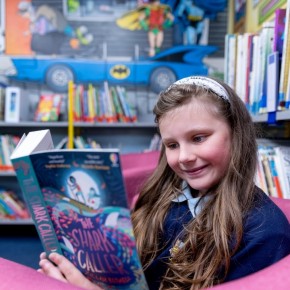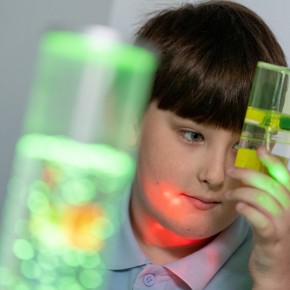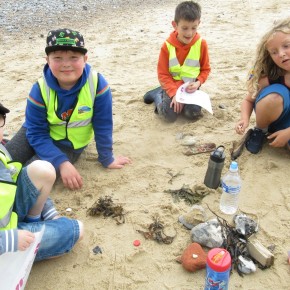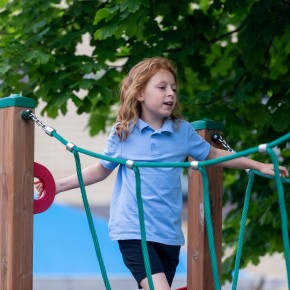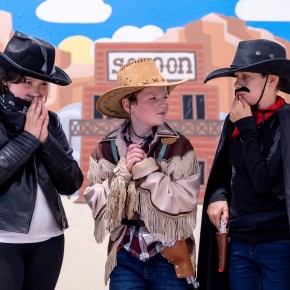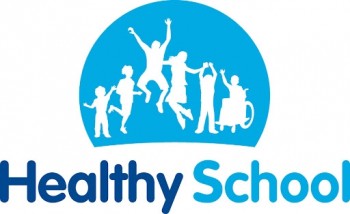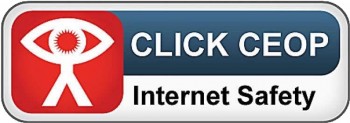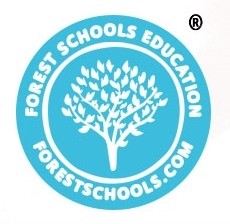DT
Children are inspired to create and innovate, using well sequenced projects that develop their designing, planning, making, and evaluating skills.
The design and technology projects are well sequenced to provide a coherent subject scheme that develops children’s designing, planning, making and evaluating skills. Each project is based around a design and technology subject focus of structures, mechanisms, cooking and nutrition or textiles. The design and technology curriculum’s electronic systems and IT monitoring and control elements are explicitly taught in our science projects to ensure the links between the subjects are highlighted. Where possible, meaningful links to other areas of the curriculum have been made. For example, the cooking and nutrition project Eat the Seasons is taught alongside the geography project Sow, Grow and Farm. All the projects follow a structure where children are introduced to key concepts and build up knowledge and skills over time, using a more comprehensive range of equipment and building, cutting, joining, finishing and cooking techniques as they progress through school. All projects contain focused, practical tasks in the Develop stage to help children gain the knowledge and skills needed to complete their Innovate tasks independently. Throughout Key Stages 1 and 2, children build up their knowledge and understanding of the iterative design process. They design, make, test and evaluate their products to match specific design criteria and ensure they fit their purpose. Throughout the projects, children are taught to work hygienically and safely.
Lower Key Stage 2
In the autumn term of Year 3, children continue to learn about food, understanding the concept of a balanced diet and making healthy meals in the project Cook Well, Eatwell. In the spring term project Making it Move, children extend their understanding of mechanisms by exploring cams and using joining and finishing techniques to make automaton toys. In the summer term project Greenhouse, they continue to develop their knowledge of structures, using triangles and braces for strength. They design and build a greenhouse, using their understanding of opacity and transparency and the needs of plants from science learning to inform their design.
In the autumn term of Year 4, children continue to develop their understanding of food in the project Fresh Food, Good Food. They learn about food safety and preservation technologies before designing and making packaging for a healthy snack. During the spring term project Functional and Fancy Fabrics, children continue to explore textiles, learning about the work of William Morris before designing, embellishing and finishing a fabric sample. In the summer term project Tomb Builders, they build on their knowledge of mechanisms, learning about six simple machines and using their knowledge to create a lifting or moving device prototype. They also explore and use electrical systems and IT monitoring and control in the science project Electrical Circuits and Conductors for the first time.
Upper Key Stage 2
In the autumn term of Year 5, children deepen their understanding of mechanisms by studying pneumatic systems in the project Moving Mechanisms. They learn about the forces at play and create a prototype for a functional, pneumatic machine. In the spring term project Eat the Seasons, children continue to explore food and nutrition, learning about seasonal foods and the benefits of eating seasonally. In the summer term, they learn more about structures in the project Architecture, studying the history of architecture and developing new ways to create structural strength and stability. They use computer-aided design and consolidate their making skills to produce scale models. They also explore the electrical conductivity of materials before making products incorporating circuits in the science project Properties and Changes of Materials. In the autumn term of Year 6, children learn about processed and whole foods in the project Food for Life, creating healthy menus from unprocessed foods. In the spring term project Engineer, children consolidate their knowledge of structures, joining and strengthening techniques and electrical systems by completing a bridge-building challenge. In the summer term project Make Do and Mend, they extend their knowledge of textiles by learning new stitches to join fabrics and using pattern pieces to create a range of products. Throughout the design and technology scheme, there is complete coverage of all national curriculum programmes of study. CurriculumPRO allows teachers to interrogate the sequencing of curriculum aspects and concepts, vocabulary and connectivity of the design and technology scheme with other curriculum subjects.
